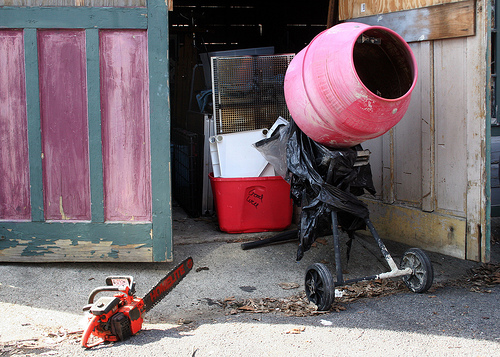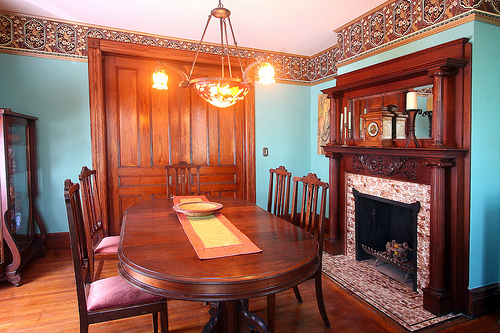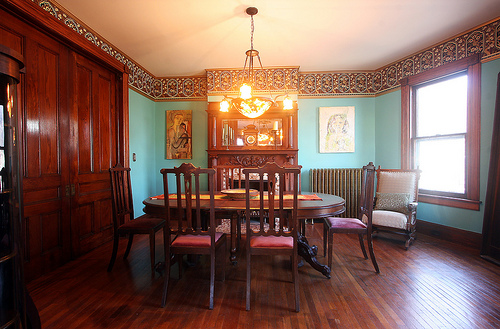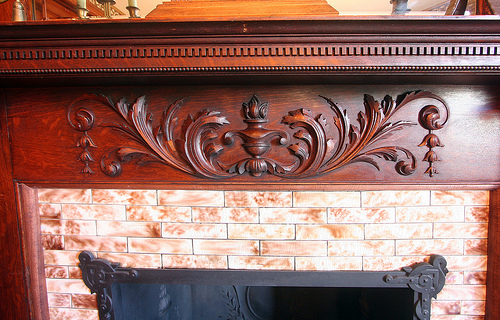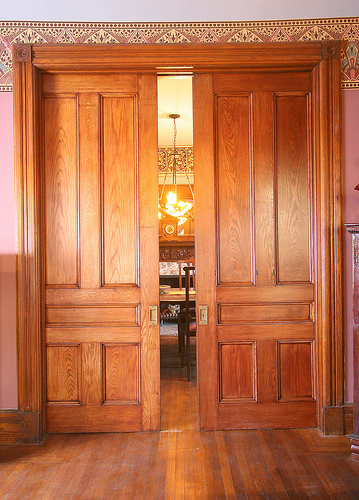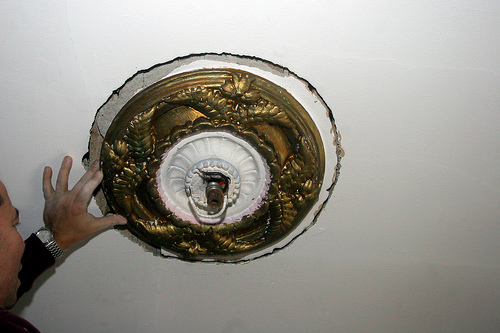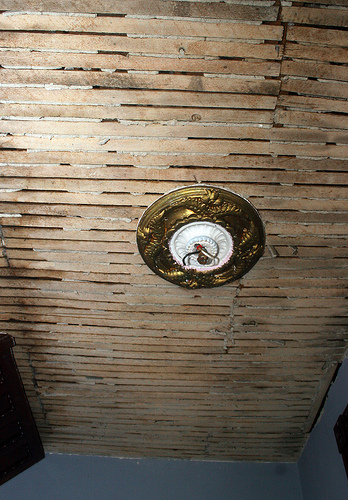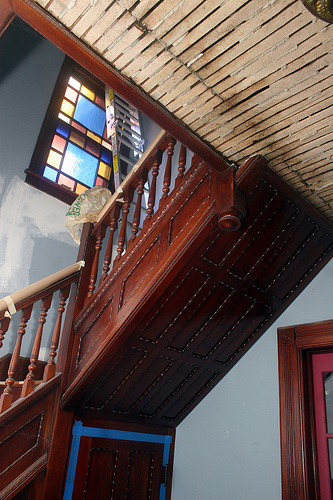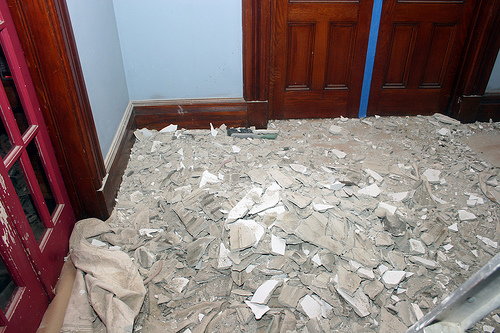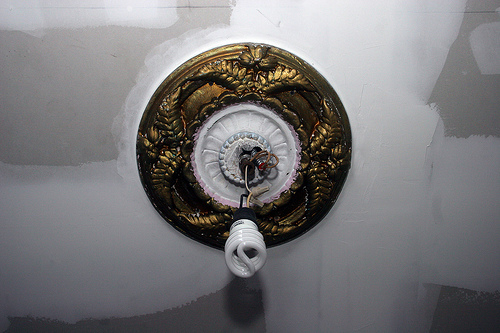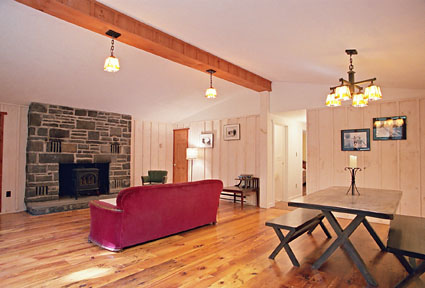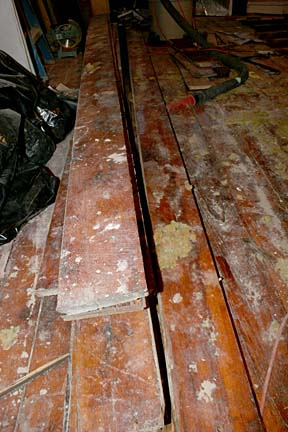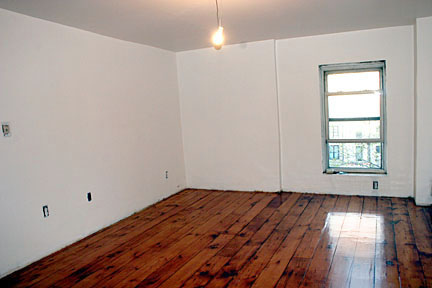
My husband and I are Mr. and Mrs. DIY. This is now our fourth huge renovation project and we’re both kind of hoping it’s our last. We usually have skilled subcontractors helping out, but normally it’s my hubby, in the construction management field, acting as project manager.
Well, this time it’s me. With Hubby working down in Brooklyn all week, I’m the one dealing with the Beacon house. I have two guys here doing most of the work while I concentrate on the finishing touches and seeing that things run smoothly.
So, what’s it all about, this being your own general contractor thing? Do YOU have what it takes?
1. Know your stuff. 8 out of 10 times, we end up tweaking our sub-contractors’ work. Are we overly fussy perfectionists? Well, ye-ah! It’s one thing to do it yourself and screw up, it’s another thing for someone to call himself a professional and take big money for a shoddy job. Know what you’re looking at. People complain about contractors finding more work to do when they rip down a wall. We love those contractors! The last thing you want is someone covering up a problem that should be brought to your attention. You don’t want to get ripped off, so do your homework.
2. Planning. Before you start, go through the house and make a list of things that need to be done. If you’re the GC, it’s your job to make sure that the work takes place in the proper time line. For instance, you want to run electric and plumbing while the walls are down, not after. Duh!
3. Budget. I’m not one to talk about budget since I can’t follow one, but I do know my bargains! So let me talk about finding those. Before running out to Home Depot or your local lumber yard for material, try finding overstock and second hand from the internet, salvage yards and ReStores.
4. DIY. A lot of your time will be spent making phone calls, picking up materials and keeping the worker bees happy, but if this is your full time gig for the moment, there will be plenty of time to do your own work. Choose your skill wisely. Are you strong? Demo. Got a steady hand? Paint. Green thumb? There’s always the garden. Come on, you can’t be that much of a loser. There must be something you’re good at! Unskilled day laborers earn about $125-150 per day in New York. If you’re capable of working full days, that’s what you’ll save. Skilled contractors start at around $200-250. Of course, prices vary from low to high end.
5. Keep the work going. This is part of planning, but I’m talking about the day to day stuff. If you have a crew, you have to make sure there’s enough work to keep them busy. Have all of your materials ready in advance. If they are working on an outside project (like my porch), see to it that there’s inside work to do when it rains (I screwed myself a little with that this week. No biggie because there’s plenty to do, but it didn’t feel 100% productive.)
6. Answering to The Man. Does your job require building permits? What is the code? If you don’t know this stuff, you better learn fast or hire an architect. The Man doesn’t mess around. The good news is, if you’re just making your interior look real purdy, you don’t need permits.
7. Trucks and Tools. It’s not necessary if you have sub-contractors bringing their own stuff, but in my case, I find that I’m using the van and our tools nearly every day. Why, just yesterday I picked up our porch floor (yay!) with the van. Ok, so places deliver, but I’m cheap. If you are doing DIY work, you should have tools. At least a friggin tape measure and drill!
Ok, the list could go on forever, but I have to get to work. The final thing I should mention is this: Keep in mind that you will not have a life while the renovation is going on.
Good luck!

